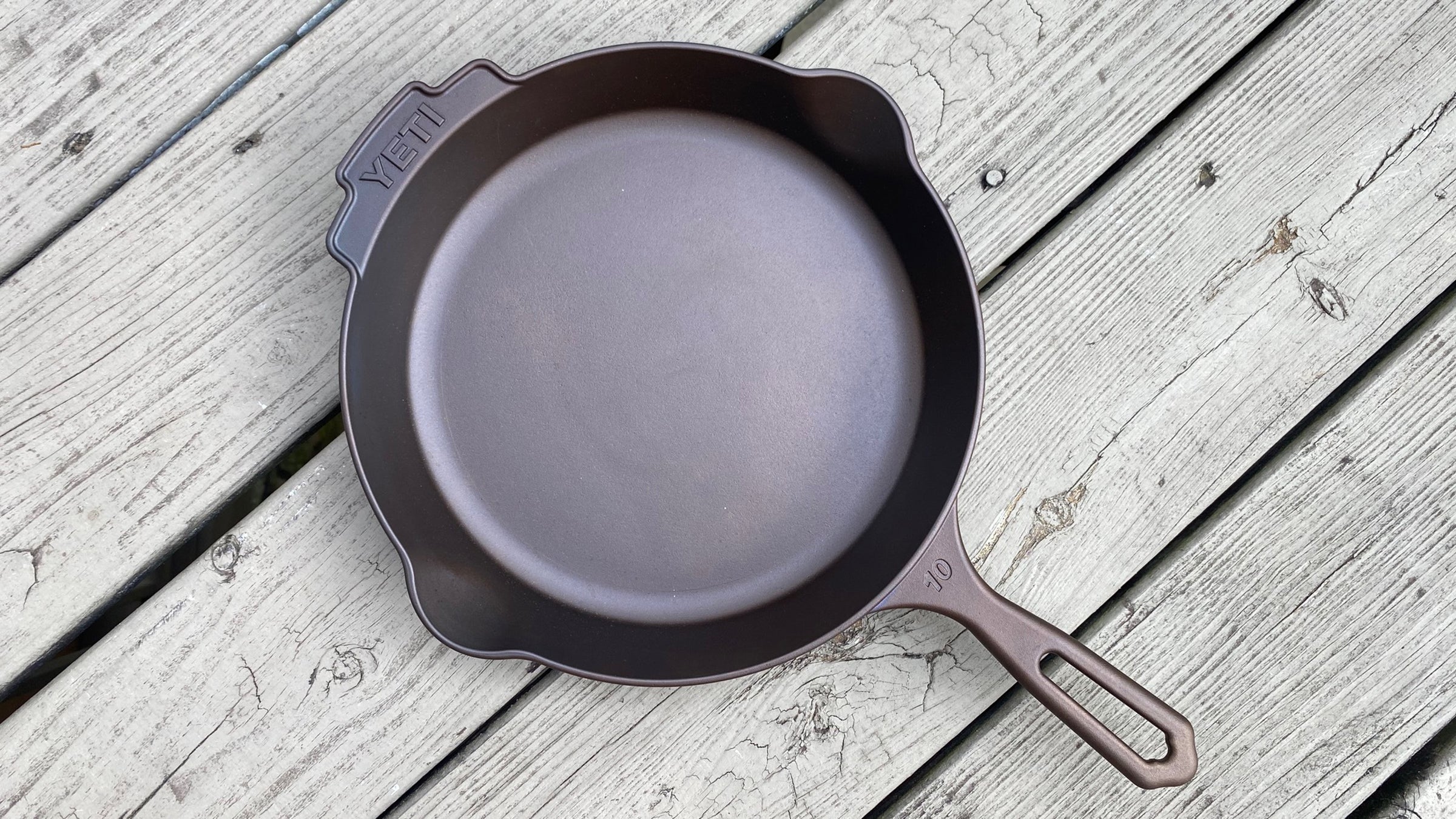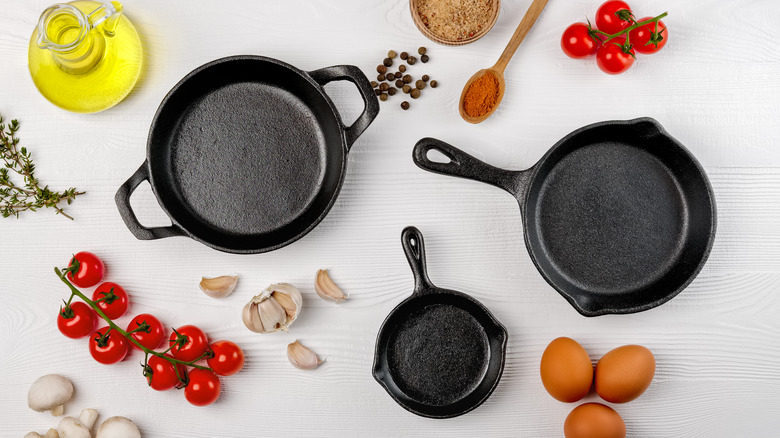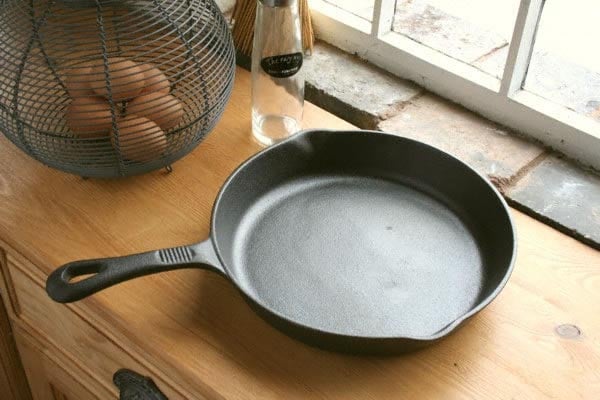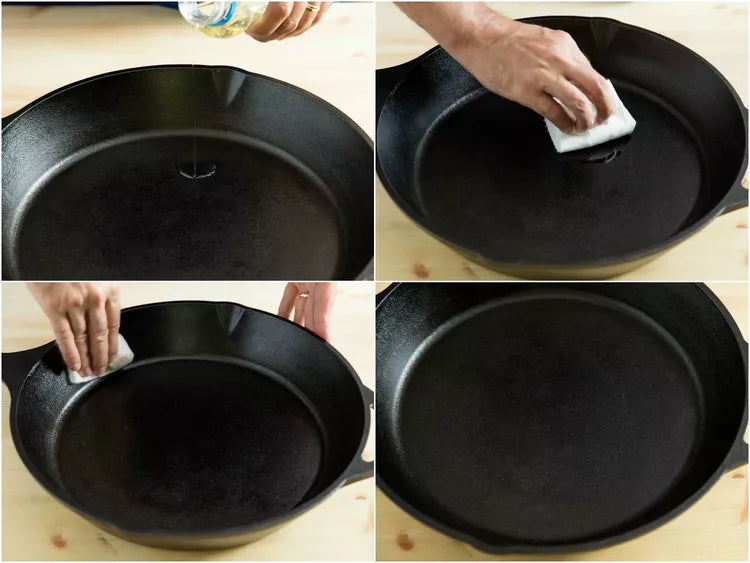Breaking in a cast iron skillet is a critical step for any kitchen professional who values quality cooking tools. This article will cover how to break in a cast iron skillet effectively, ensuring it reaches its full potential for cooking delicious meals.
A well-maintained cast iron skillet can last a lifetime and provides unparalleled heat retention and distribution, making it ideal for searing, frying, and baking. But first, it must be properly broken in and seasoned.

Why Breaking in a Cast Iron Skillet is Essential
Cast iron cookware requires special care, unlike non-stick or stainless steel. Breaking in a skillet not only prepares the surface but also prevents food from sticking, enhances the flavor of your dishes, and prolongs the life of the skillet.
The breaking-in process is crucial, particularly for kitchen professionals who rely on their equipment for high-quality food preparation. Let's dive into some key points related to breaking in your skillet.
Steps to Break in Your Cast Iron Skillet
Here is a simple and effective method to break in and season your skillet:
1. Clean Your Skillet
Start by casting away any factory coating. Some skillets come with a protective wax coating. To remove it, wash your skillet with warm water, a mild dish soap, and a stiff-bristled brush. This first step is vital for removing impurities.
For further details on maintaining your cast iron cookware, visit this cleaning guide.
2. Dry Thoroughly
After washing, dry your skillet completely with a clean cloth or by placing it on low heat for a few minutes to evaporate any remaining moisture. Any water left on the skillet could lead to rust.
3. Apply Oil Generously
Choose a cooking oil with a high smoke point such as vegetable oil, canola oil, or flaxseed oil. Pour a tablespoon of oil in the skillet and use a paper towel to spread it evenly over the interior surface and the exterior. This oil will help create a protective barrier and season the skillet.
4. Place Your Skillet in the Oven
Preheat your oven to 350F (175C). Place the skillet upside down on the middle rack of your oven. This position prevents any oil from pooling in the skillet and ensures an even seasoning. Place a baking sheet or aluminum foil on the rack below to catch any drips.
5. Bake for One Hour
Let the skillet bake for at least one hour. After this, turn off the oven and allow the skillet to cool completely inside the oven. This gradual cooling process helps the seasoning to set properly.
6. Repeat as Needed
After the initial seasoning, repeat the process several times (two to three times is ideal) to build a strong non-stick surface. The more you cook with your cast iron skillet, the better the seasoning will become.
Cooking with Your Newly Seasoned Skillet
Once you finish breaking in your skillet, its time to start cooking! Choose recipes that suit cast iron cookware, such as:
- Fried Chicken
- Steaks
- Cornbread
- Vegetable Stir-fries
These dishes will not only showcase the skillet's capabilities but also enhance its seasoning over time.
Maintaining Your Cast Iron Skillet
After cooking, clean the skillet correctly to preserve its good condition:
- While the skillet is still warm, use a bit of hot water and a stiff brush to remove any food debris. Avoid soap, which can strip the seasoning.
- Dry it completely and apply a thin layer of oil.
- Store it in a dry place to prevent rust.
For future reference on how to best store your cast iron skillet, check out this storage guide.
Common Mistakes When Breaking in a Skillet
Even seasoned cooks can fall prey to mistakes. Let's review a few common blunders:
- Skipping the Initial Cleaning Step: Always start with a clean surface.
- Using the Wrong Oil: Opt for high smoke point oils for seasoning.
- Not Repeating the Process: Building layers of seasoning is essential.
Frequently Asked Questions
1. How often should I season my cast iron skillet?
It's ideal to season your skillet every few months or when you notice that food is starting to stick.
2. Can I use soap on my cast iron skillet?
It's best to avoid soap, as it can strip the seasoning. Stick to hot water and a stiff brush.
3. What should I do if my skillet starts to rust?
Scrub off the rust, wash the skillet, dry it thoroughly, and then follow the seasoning process again.

Conclusion
Learning how to break in a cast iron skillet is an essential skill for any kitchen professional. A properly broken in and seasoned cast iron skillet can elevate your cooking and help you create restaurant-quality meals from the comfort of your kitchen. Remember, consistent care and maintenance are key to ensuring its longevity.
For more information on caring for your cast iron skillet, consider checking this seasoning guide.
As an Amazon Associate, I earn from qualifying purchases.






Leave a comment
This site is protected by hCaptcha and the hCaptcha Privacy Policy and Terms of Service apply.